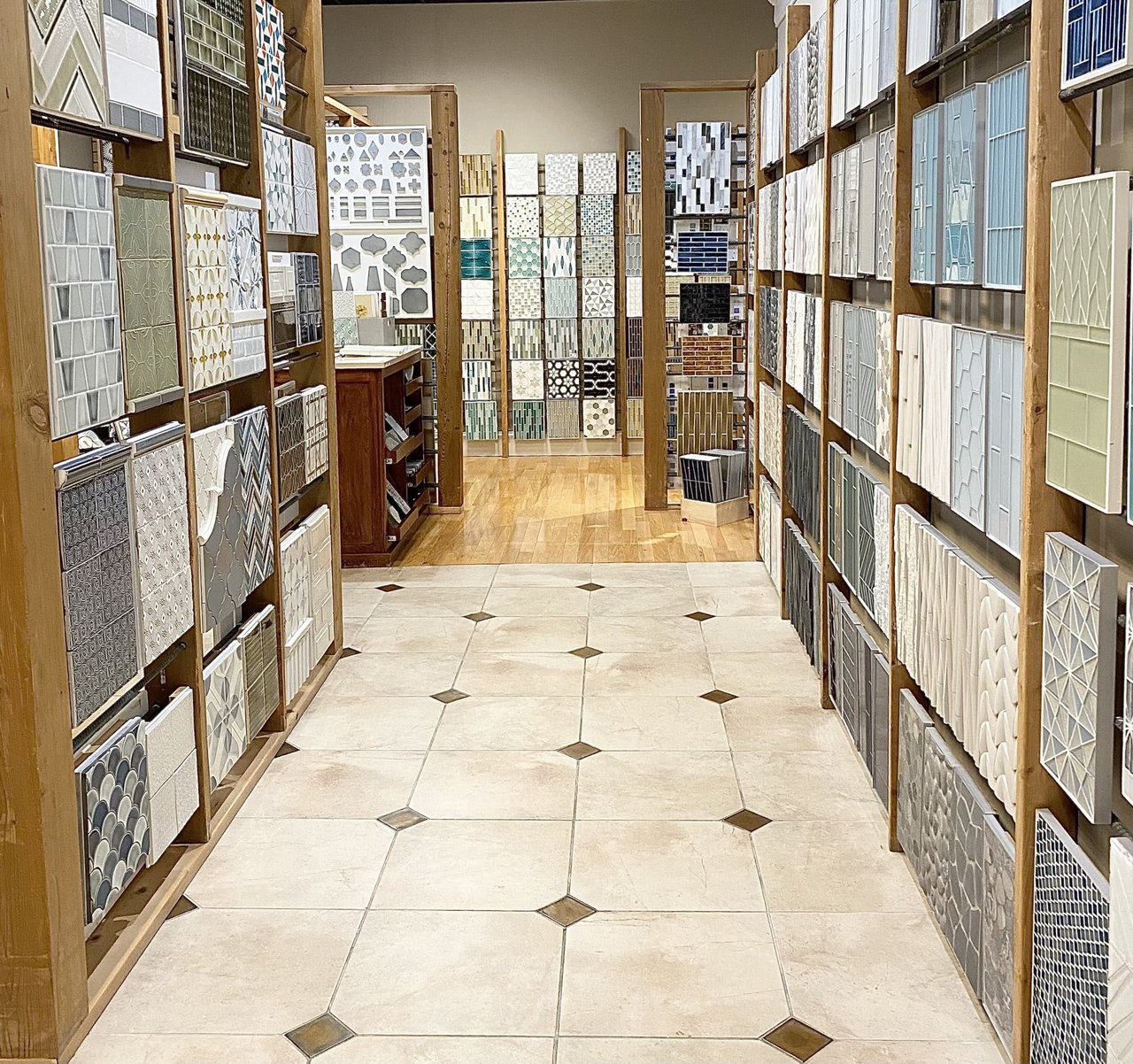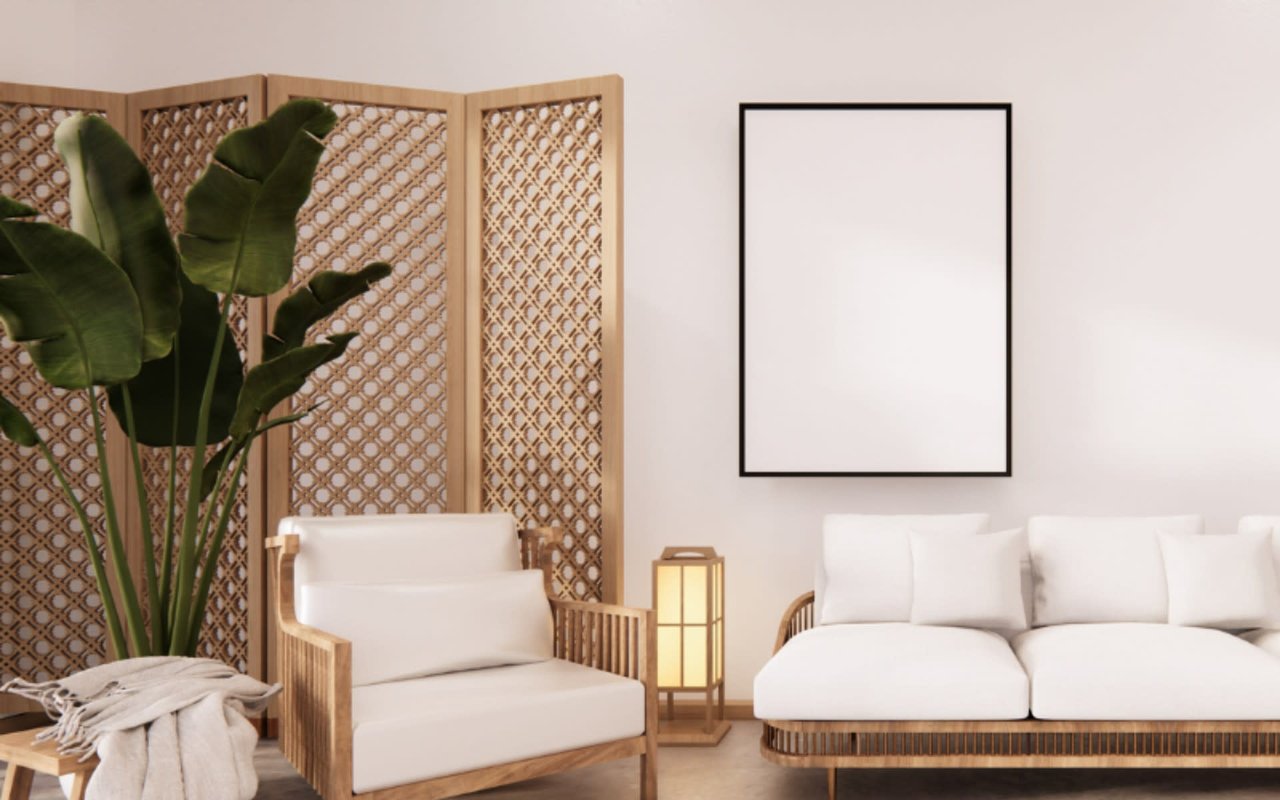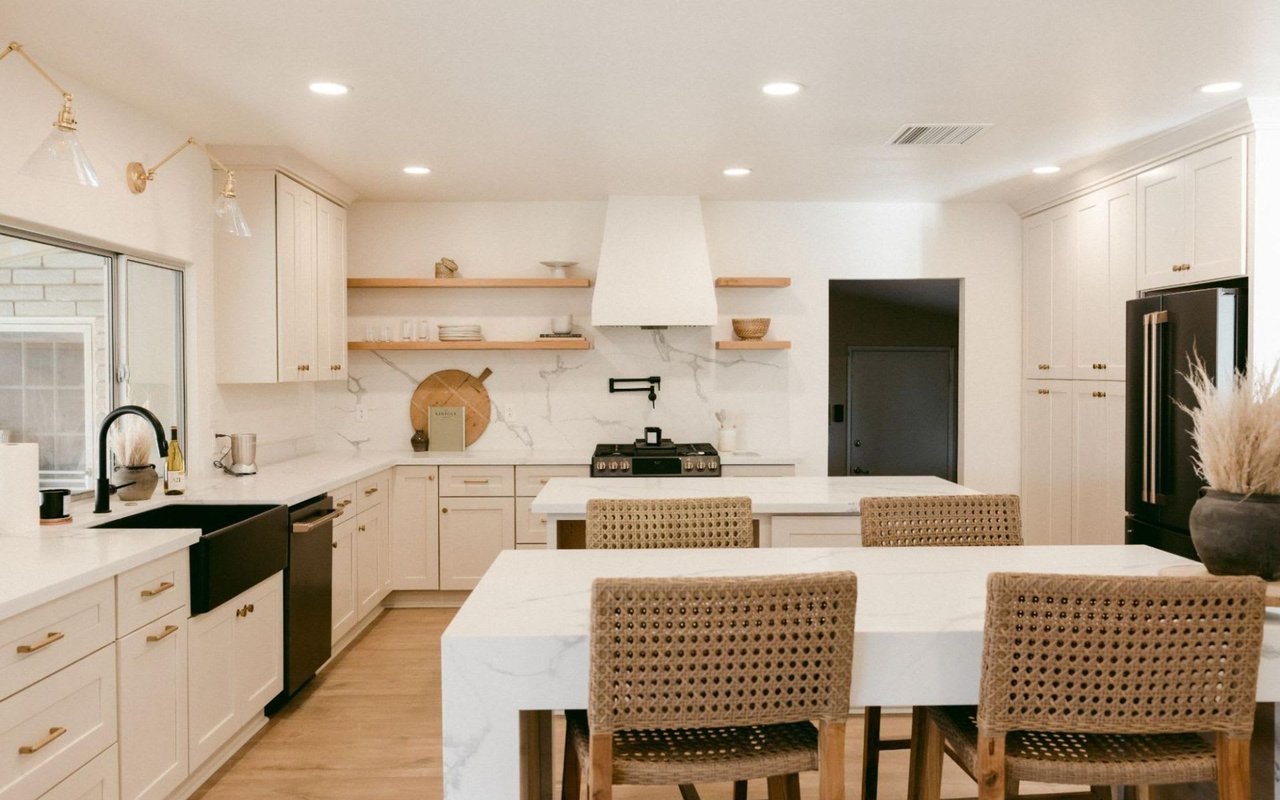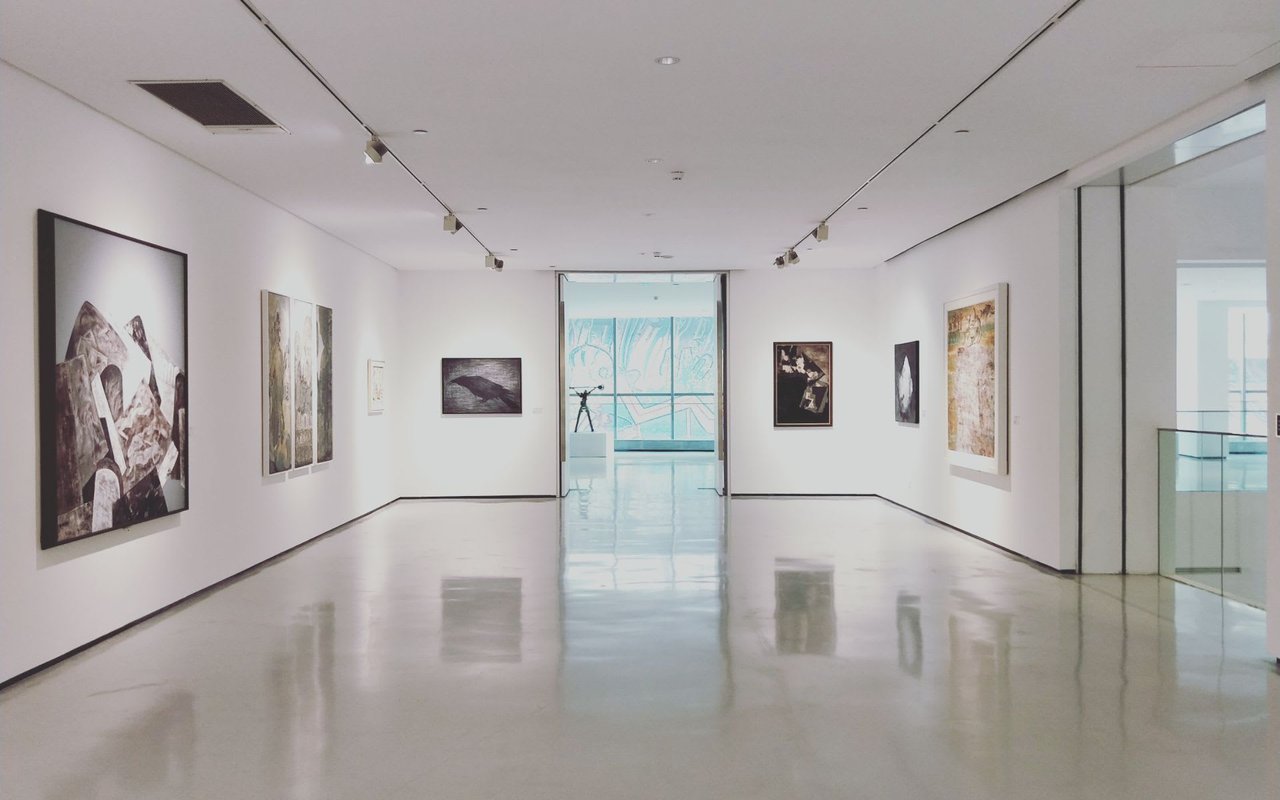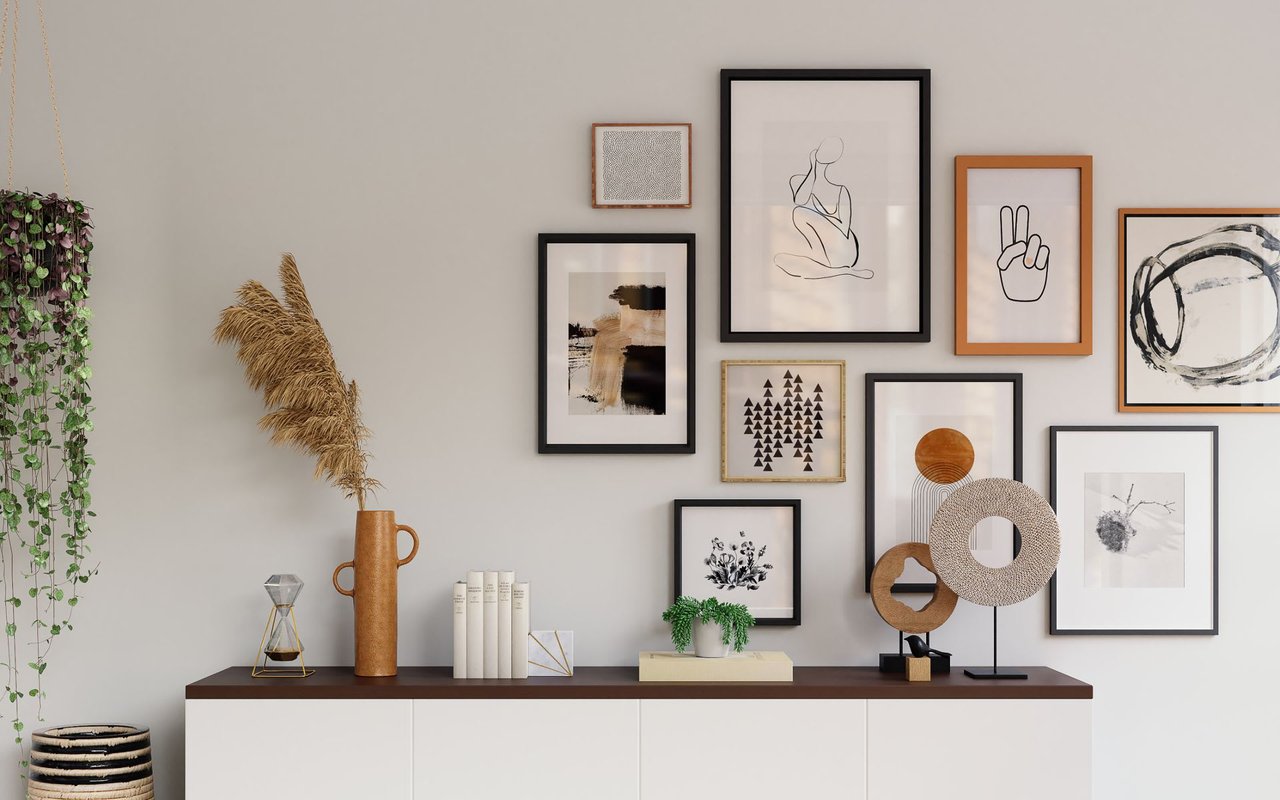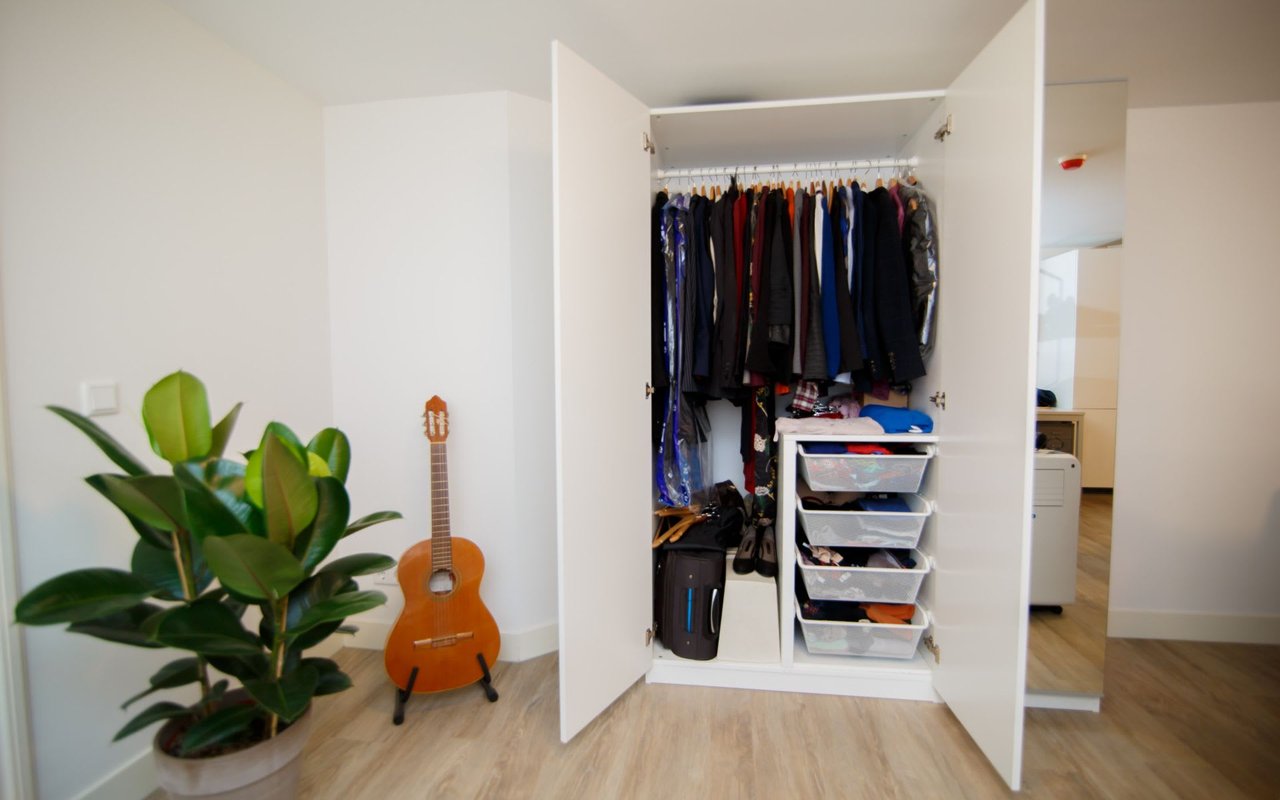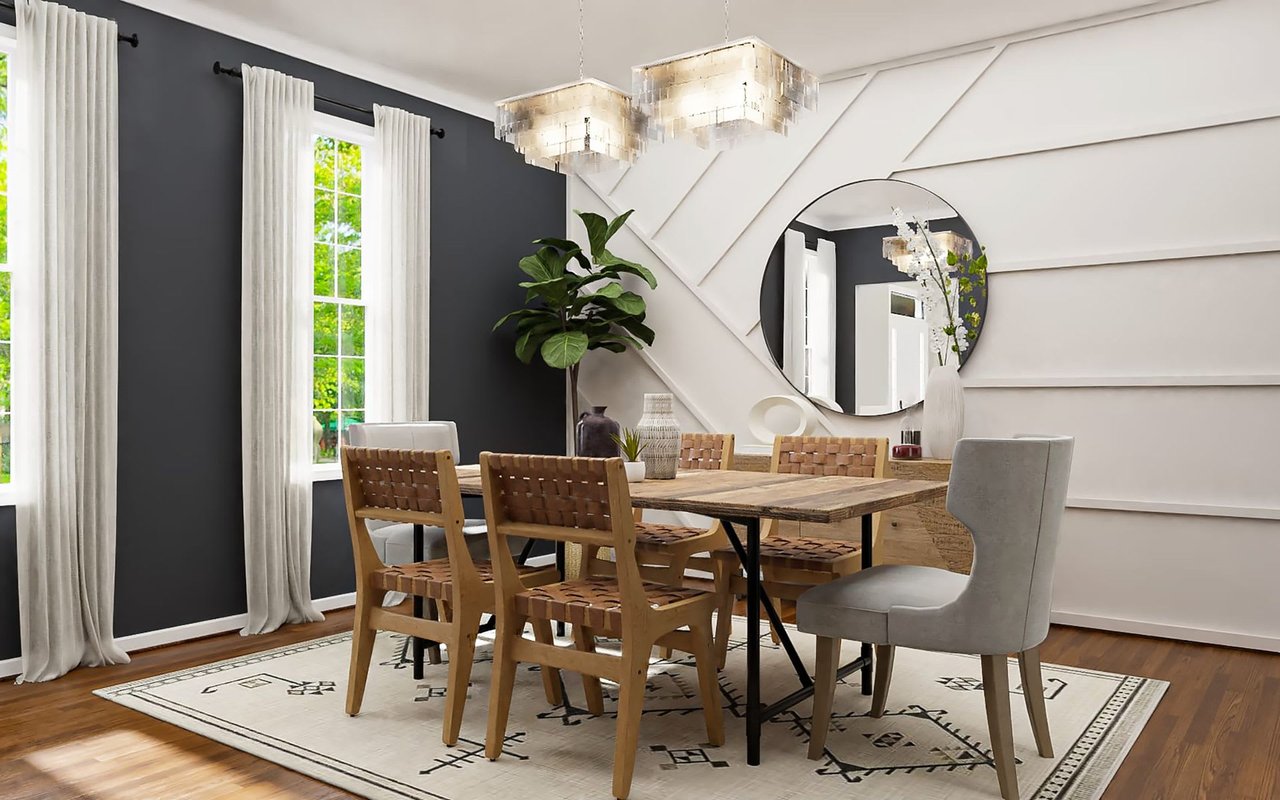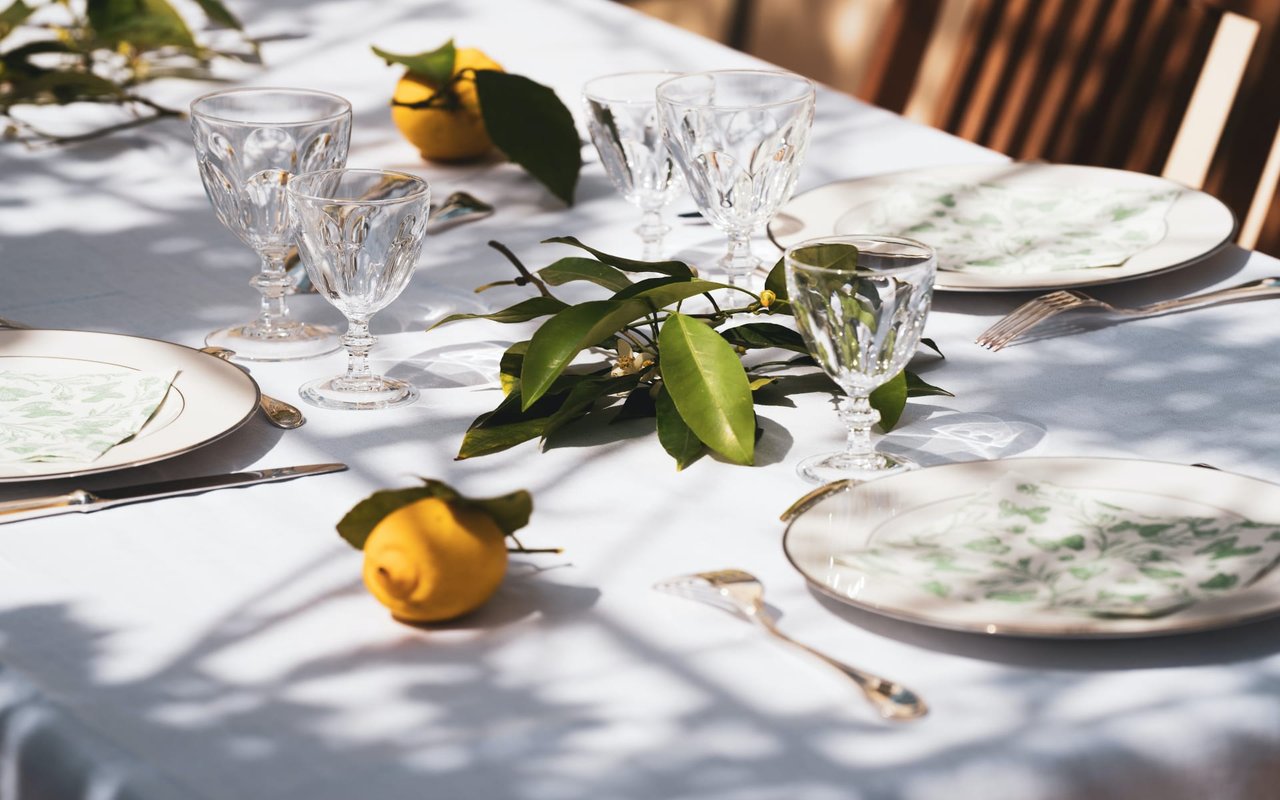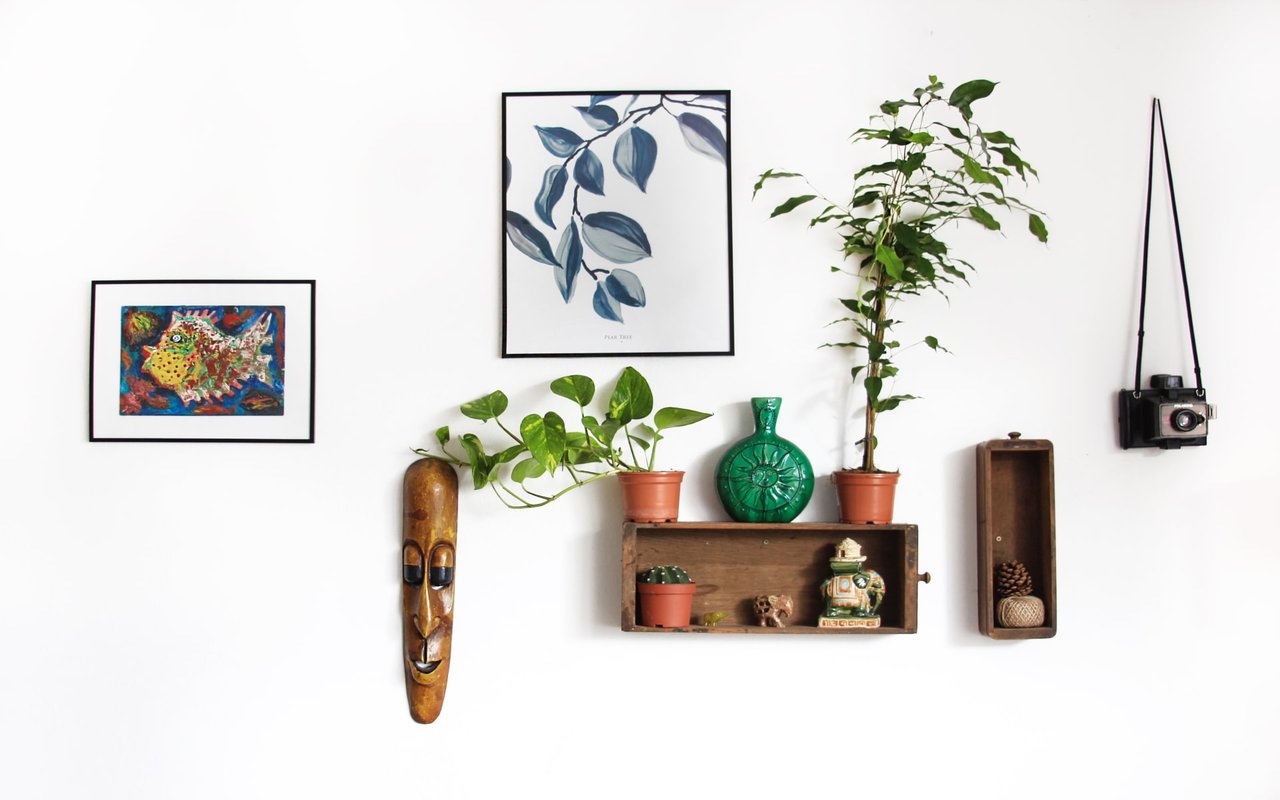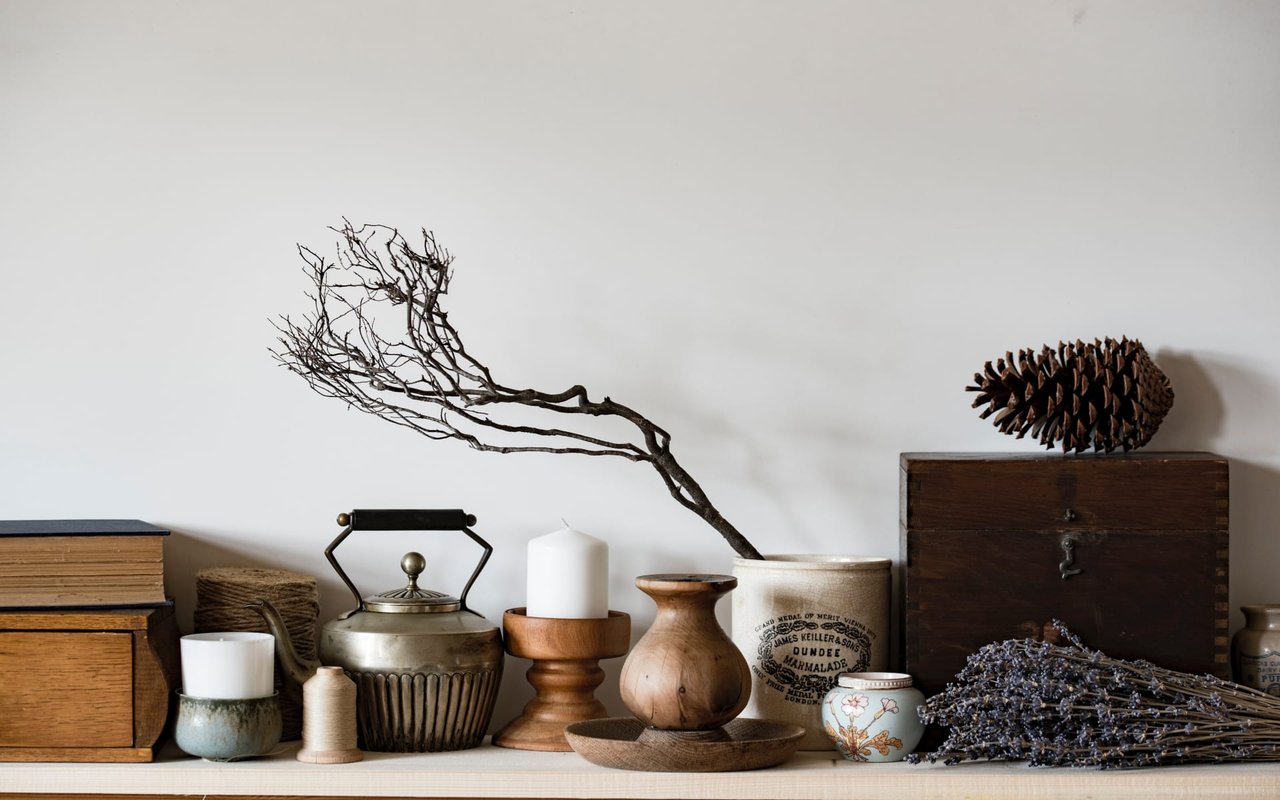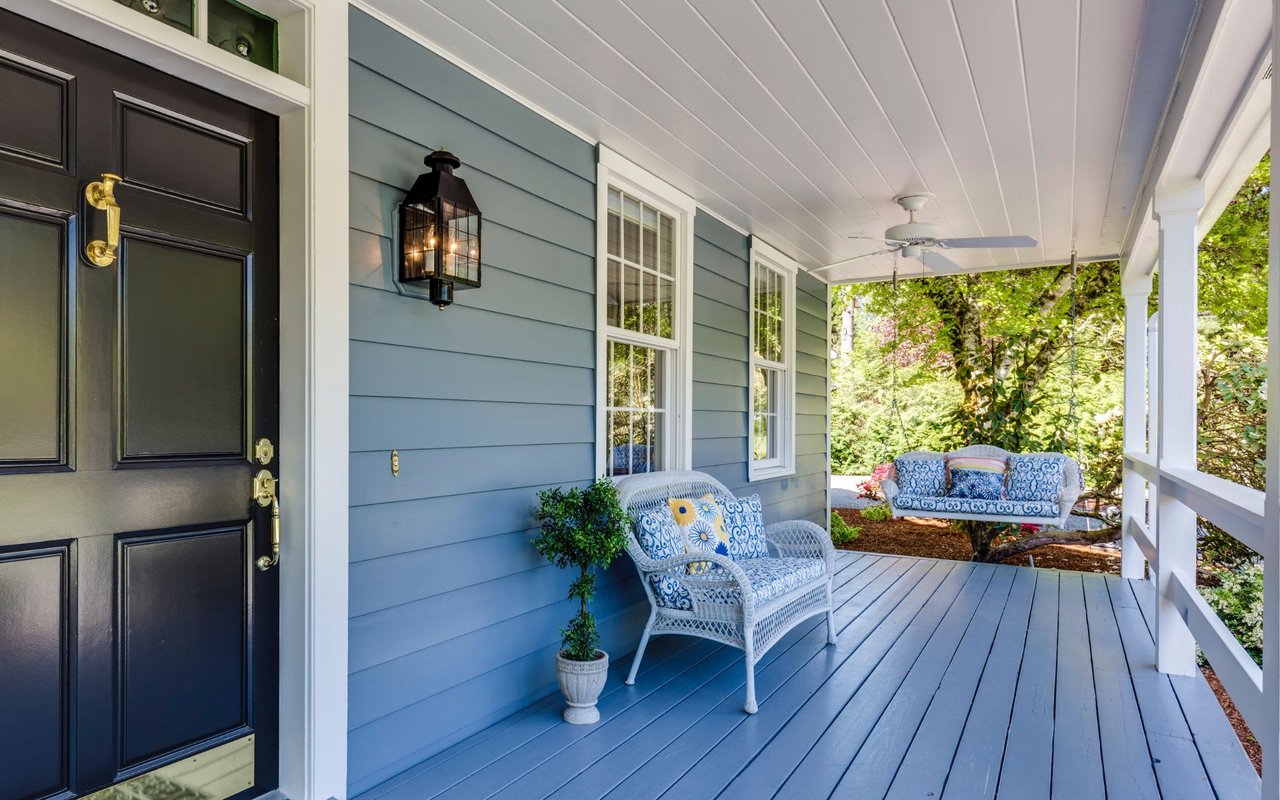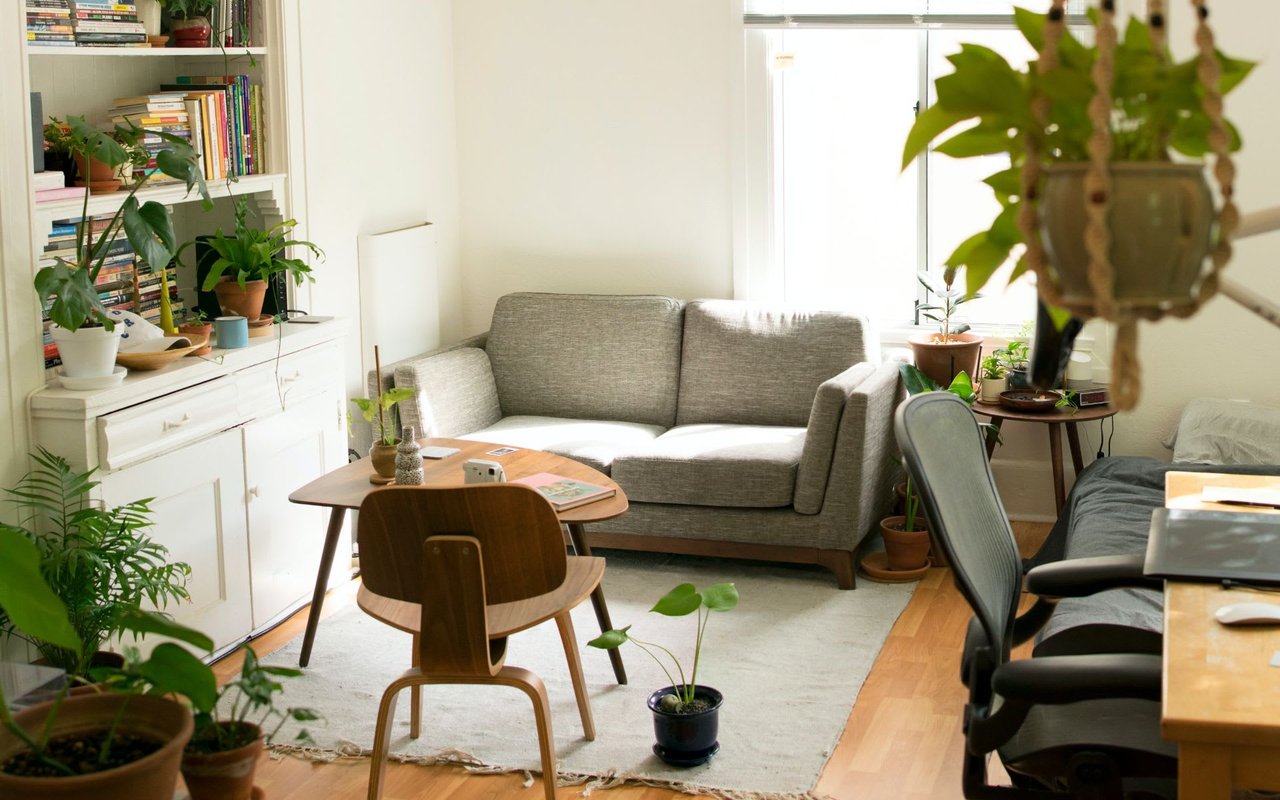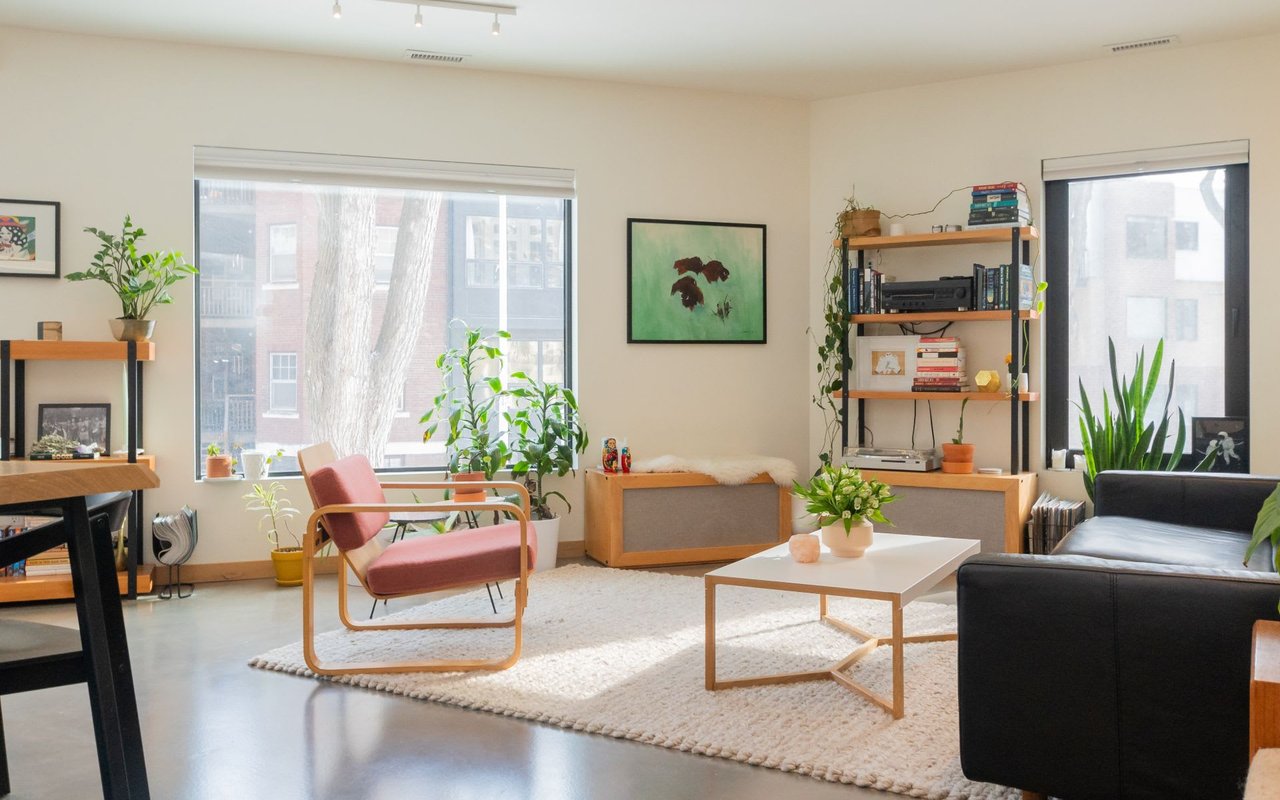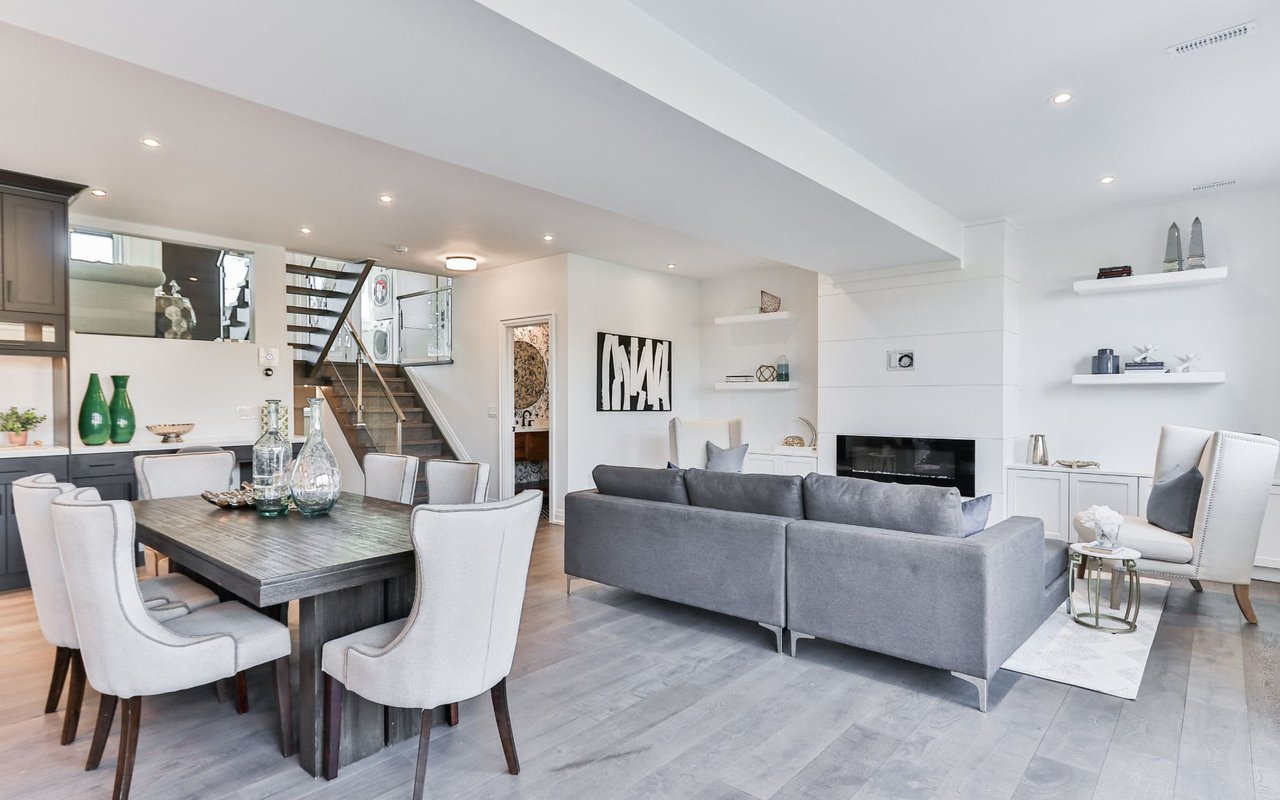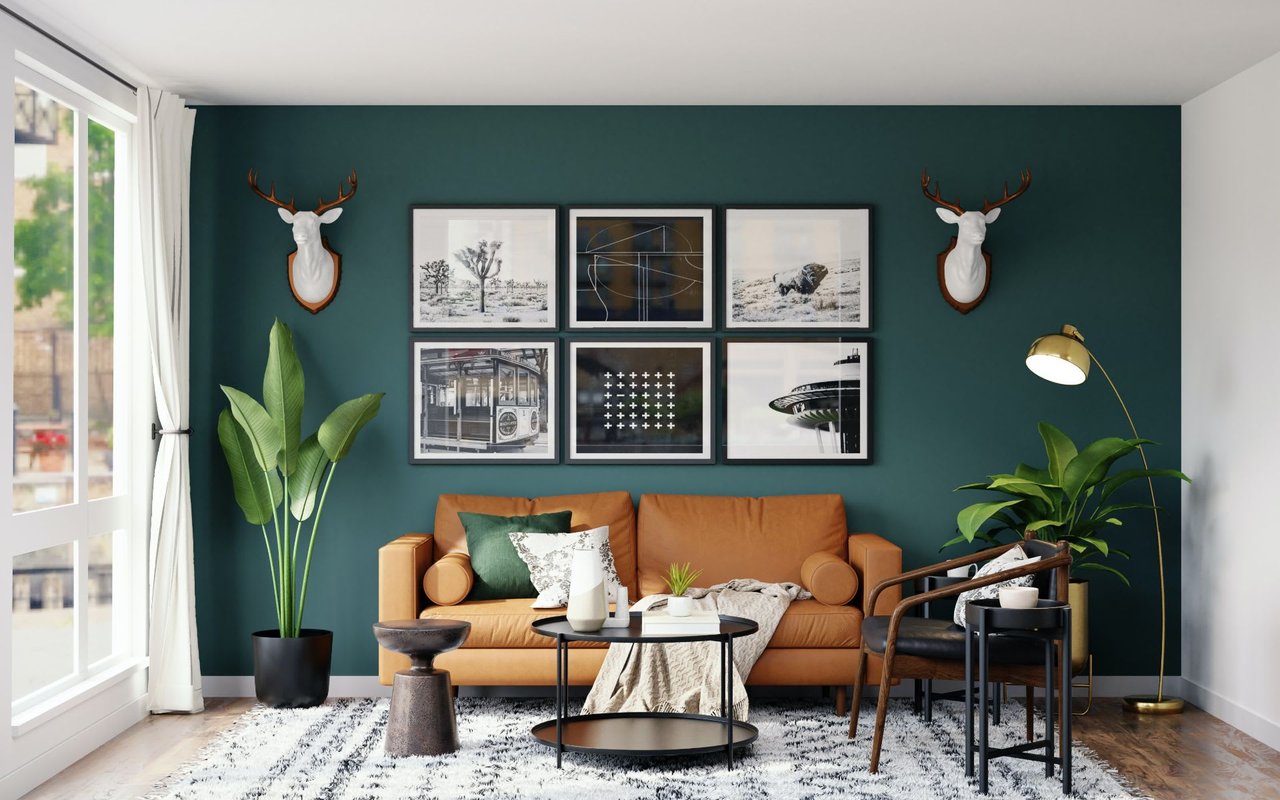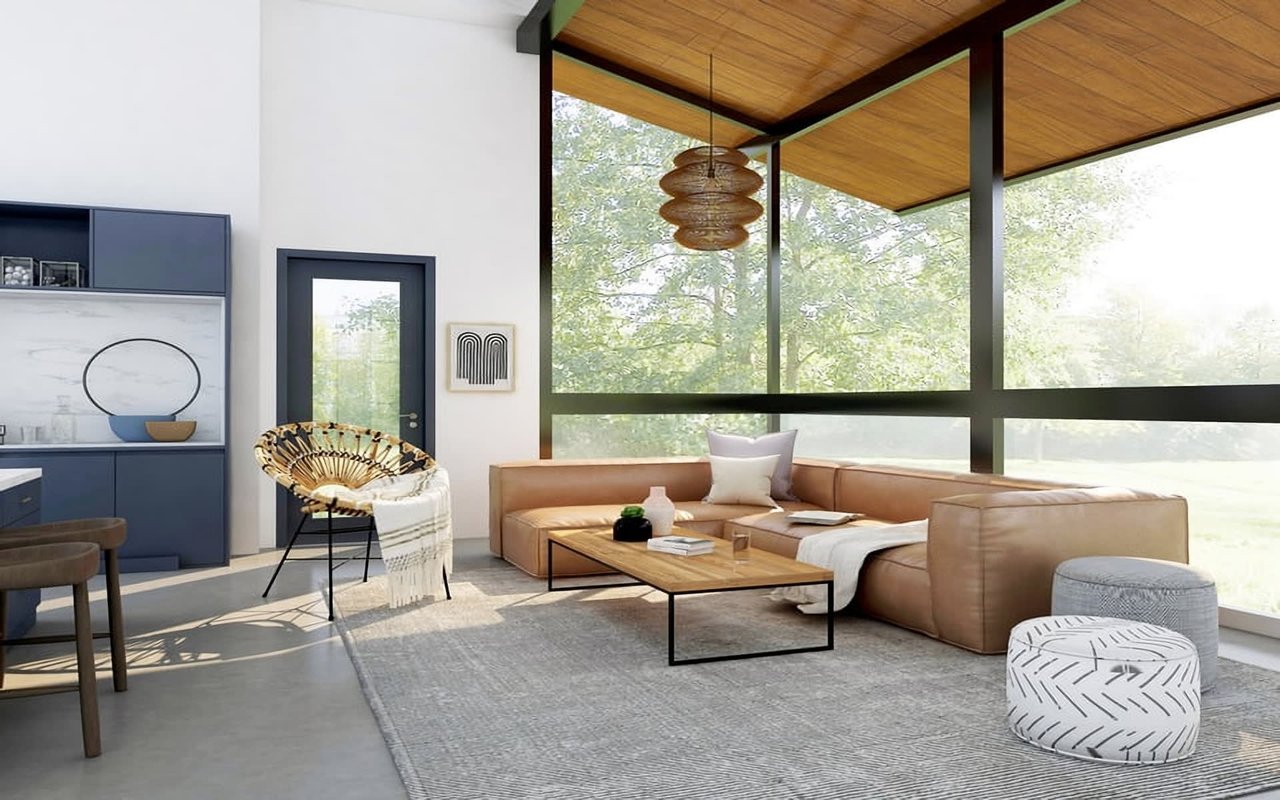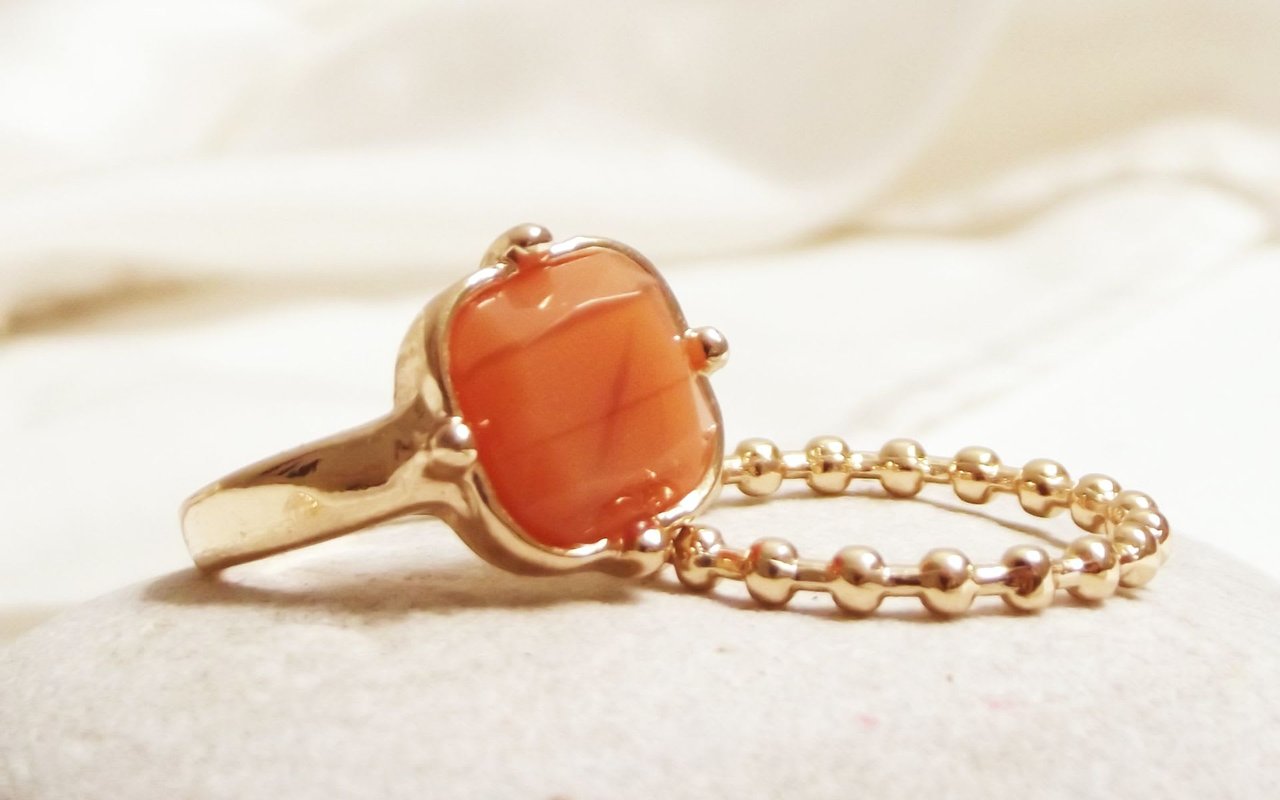And the Villa Tugendhat
Sure you’ve heard of Mies van der Rohe but are you familiar with Lily Reich? The architect’s co-conspirator, if you will, was an Interior Designer who rarely fails to get credit for her contributions, a tale as old as time.
Beginning her career in a textile workshop crafting items for Josef Hoffman (he’s kind of a big deal too in that Mies, Le Corbusier, and Gropius allllll trained under him *OG*). In 1924 she began working in Frankfurt’s Trade Fair office which is where she met her future partner. At that time in history, pre internet days, trade fairs were how ideas circulated throughout the world. It began with Prince Albert’s Great Exhibition in 1851 with items like the Colt Revolver and Hershey’s first chocolate bar. It reached its zenith, however, in both pre and post Great War Europe and Lily was right in the center of it all.
From 1924-27 the pair worked alongside one another on various projects from window displays to technology exhibits. In 1929, Lily was the director of the German Pavilion at the World’s Fair in Barcelona where Mies was tasked with creating a space to showcase the Weimar Republic (Germany’s official government name at the time) as a progressive and peaceful state that had just begun to thrive. The architect’s plan is still considered one of the most important buildings of the Modern era. Cantilevered flat roofs effortlessly commingle with exquisite marble partitions, and crosshatched chrome pilotis (stilts). The pavilion was meant to structurally speak for itself without the need for signage or additional exhibitions within its walls, and yet it needed furniture. For this, Mies turned to Lily and together they designed the iconic Barcelona Chair, Chaise, and Footstool. Sidenote: traditionally art and architectural historians say that the two designed these items together but of interest is the fact that Mies never designed a piece of furniture prior to his meeting Lily and when their relationship was over, he never designed furniture again, do with that what you will.
At the same time Lily & Mies were busy with the show in Spain, they were also working on the Villa Tugendhat in Brno (what is now part of the Czech Republic). A three story Modernist mansion, there were zero decorative items allowed in the space - no paintings on the walls as the materials used and the manner in which they were executed, meant that functionalism could take precedence alongside natural beauty in a way that hadn’t been articulated before. This was really where they both first began to shine...figuratively and literally with polished onyx walls and curvilinear milk glass partitions - can you even imagine a candlelit dinner or sunrise in that sort of space? Exotic wood tables, mechanically retractable windows, pseudo rocking streamlined chairs, plus an open plan and “outside in” scenario, all resulted in what would later be called “unforced domestic calm”.
The calm before the storm included Mies hiring Lily in 1930 when he took over as director of the Bauhaus and moved the learning center to Berlin. It was there that she taught both Interior & Furniture Design courses. As history would have it though, the Nazi party soon closed the school and the pair were forced to look for other ways to spread their aesthetic philosophies. Mies set about plans to emigrate to America and Lily initially did as well but returned to Germany in 1939, where she was forced into a work camp in 1943 where she stayed for the rest of the war and died in 1950 amidst trying to revive her work in a post war ununified country. Villa Tugendhat and the Barcelona Pavilion also suffered from the ravages of war, axis occupation, and allied bombing.
Yet, her furniture designs survive.
They are icons. Expensive ones too. Museum quality and still in production, it would be difficult to open the pages of any design magazine and not see a Barcelona x base stool. Now if only they were attributed correctly.
To get a clearer mental image of the Tugendhat Villa, the racy book “The Glass Room” by Simon Mawer is a historical fiction account based on the home. You can, of course, also visit the renovated house in a post Covid world as well as the Barcelona Pavilion. Give our love to the work of Lily while you’re there!
Tugenhadt photos via Divisare.

